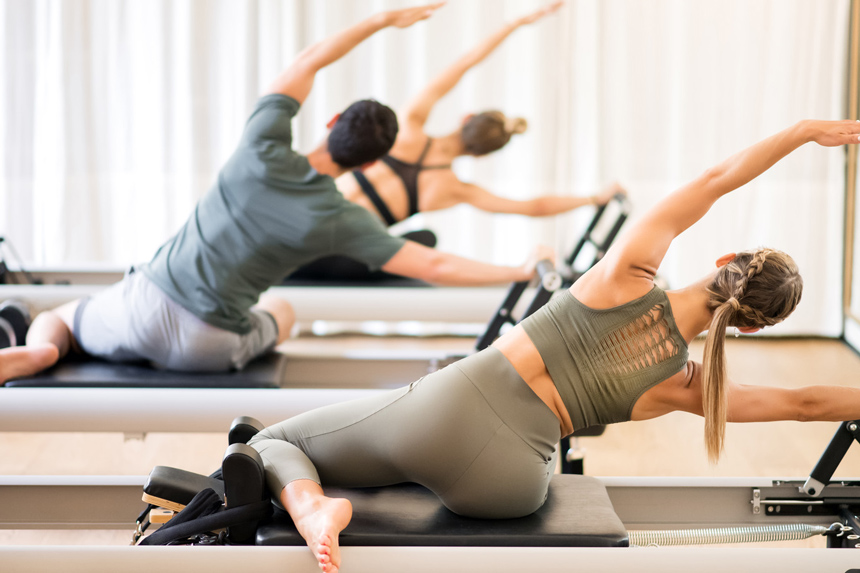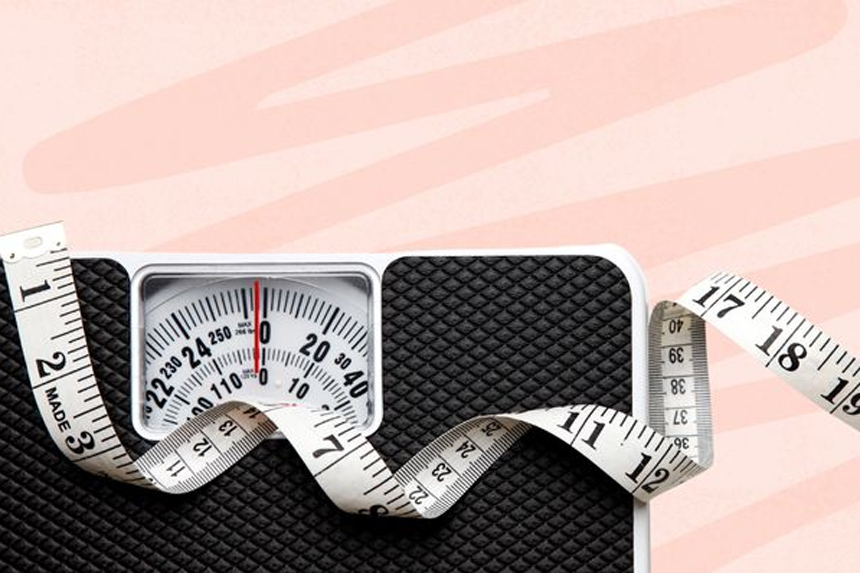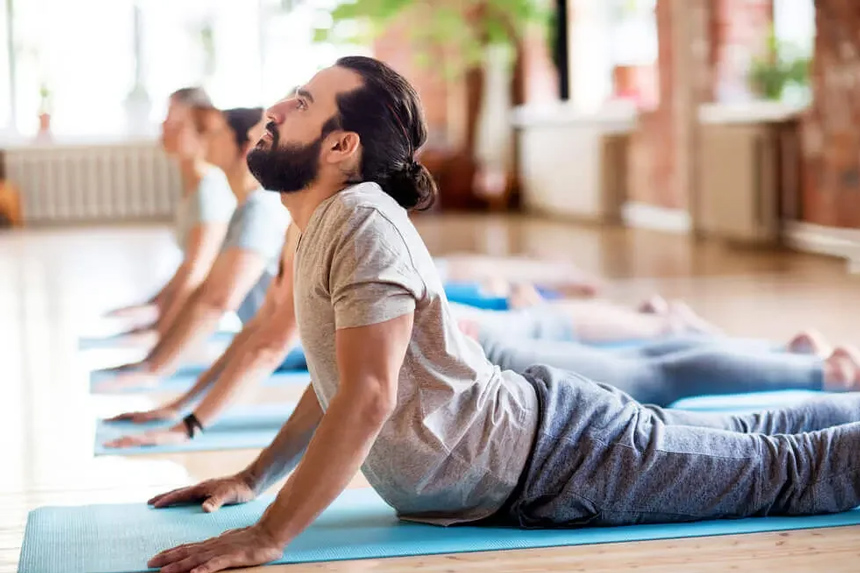Developing Body Awareness and Control

Pilates centers around deliberate movements, urging practitioners to maintain awareness of breath, posture, and motion during routines. Although initially overwhelming, consistent practice fosters a profound connection with one’s body, both on and off the mat. [1]
Alleviating Lower Back Pain

Widely recognized by physical therapists, Pilates effectively mitigates lower back pain in specific populations. Particularly beneficial when diminished body awareness contributes to discomfort, Pilates offers a targeted approach. However, it may not significantly impact pain stemming from conditions like back fractures or preeclampsia. [2]
Enhancing Posture

Unstable spines often lead to poor posture. Regular Pilates sessions strengthen underdeveloped muscles responsible for slouching, promoting an aligned and upright posture. [3]
Weight Maintenance

Pilates aids in weight management by emphasizing muscle strengthening, sculpting, and lean muscle building. An eight-week study on overweight or obese women revealed positive outcomes in weight loss and reduced BMI, highlighting its role in a holistic approach to health.
Stress Relief

As Elle Woods wisely stated, “Exercise gives you endorphins. Endorphins make you happy.” Pilates, as a restorative workout, effectively induces relaxation, releasing muscle tension, combating stress, and enhancing overall mood. [4]





